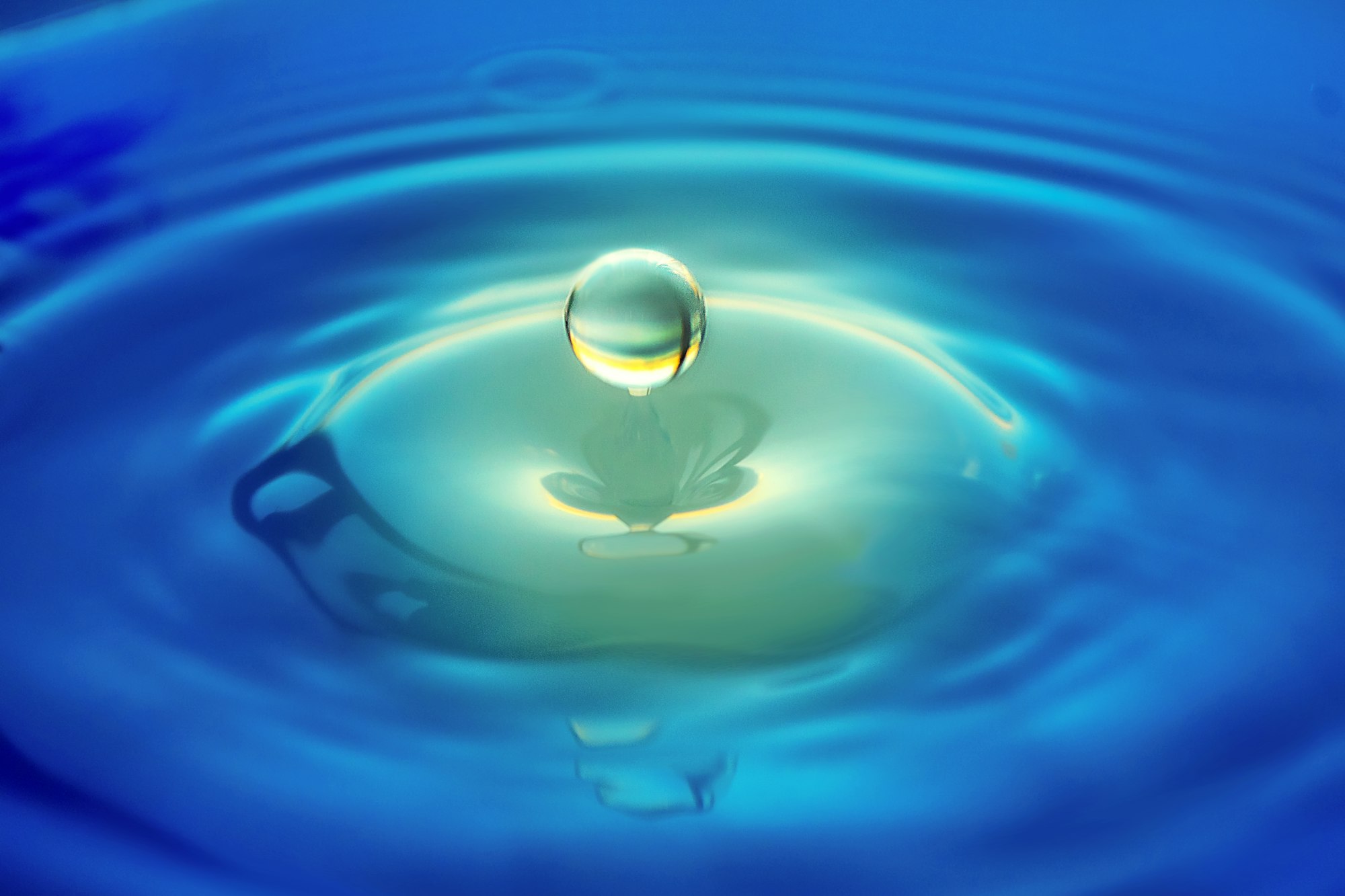
Types of Moksha According to Advaita Vedanta
Jivanmukta According to Advaita Vedanta a jivanmukta, or one who is liberated here and now, has realized that Brahman alone is real and the world is illusory.

The Ganesha Purana is one of the ancient Indian Puranas that is devoted to Lord Ganesha, the Remover of Obstacles. The Hindu religious scripture is considered as an Upapurana that comprised of several compilations and was styled as a secondary Purana.
The ancient text includes various ritualistic elements, legends and tales that are related to Ganesha, also known as Vinayaka. The Ganapatyas, who were devotees of the Lord, regarded the Mudgala Purana and the Ganesha Purana as the main scriptures as these were the only Puranas that are entirely devoted to Ganesha. The Ganesha Purana is one of the 18 upapuranas which is asserted in the opening lines of the text.
It was believed by Thapan (pp. 20-21) and other devotees that the name Ganesa (Ganesha) was promoted by the work of Ganesha Purana. The name was initially associated with the territories of Varanasi, Maharashtra, parts of Andhra Pradesh and Karnataka.
The 2 ancient puranas on Ganesha, the Mudgala Purana and the Ganesha Purana, were composed by the Ganapatyasect. the worshippers of the Lord believed the 2 Puranas were reliable and included unique and new material.
The members of the Ganapatya sect raised an independent religious movement during the medieval era. It was devoted to the worship of the Lord as their foremost god. They regarded Lord Ganesha as the qualified form of the ultimate unqualified Brahman (nirguna).
The Ganesha Purana is infused with this notion and infers popular Puranic tales and legends in novel manners to highlight the significance of Ganesha. The scripture also describes the relationship of the deity with other divinities.
The Ganesha Purana details various techniques of worship, basic beliefs and philosophical points of the Ganapatya sect. As the content of the Purana included a number of devotional materials, tales and stories, it is difficult to encapsulate the religious scripture.
The Ganesa Purana is separated into two segments, namely, the Upasanakhanda and the Kridakhanda. The Upasanakhanda, meaning the segment on devotion, includes 92 chapters. The second section Kridakhanda, meaning the segment on the divine play of Ganesha, comprises of 155 chapters.
The Kridakhanda is also known as the Uttarakhanda in the colophons. The 46th Chapter of the Upasanakhanda contains a hymn (stotra) which is believed to be the source manuscript for one of the versions of the Ganesha Sahasranama (hymn of 1,000 names of Lord Ganesha).
The 138th Chapter to 148th Chapter of the Kridakhanda composed the Ganesha Gita. It was based on the Bhagavad Gita, but was modified to portray Lord Ganesha in the divine role. It is believed that almost 90 per cent of the stanzas of Ganesha Gita were adapted from the Bhagavad Gita.
The topics of the Bhakti Yoga, Jnana Yoga and Karma Yogaare similar. However, Lord Krishna is substituted by Lord Ganesha in the divine role.
The Kridakhanda states the tales of the 4 avatars or incarnations of Lord Ganesha. Each of the four incarnations materialized in 4 different yugas or epochs. The accounts of Ganesha’s incarnations are depicted in the verses of the Chapter 132 of Kridakhanda of the Purana. These avatars are not similar to the 8 incarnations of the Hindu deity which are described in the Mudgala Purana.
The incarnation of Mahotkata Vinayaka consists of 10 arms and a red complexion. His vahana is mentioned as either lion or an elephant in various sources. He was the son of Kashyapa and Aditi and was born in the treta yuga. Lord Ganesha was also referred to as Kasyapah, the successor of Kashyapa, in the Mahotkata Vinayaka incarnation. He annihilated the demonic brothers Narantaka and Devantaka; and also killed the demon Dhumraksha.
The Mayuresvara avatar has a white complexion and 6 arms. A peacock serves as Ganesha’s vahana in this incarnation. He was born in the Treta yuga to the parents Lord Shiva and Goddess Parvati. Ganesha was incarnated with the objective of slaughtering a demon named Sindhu. Later he presented his vahana, the peacock, to his younger brother Lord Kartikeya (Skanda), who is usually associated with the peacock
The Gajanana incarnation also had a red complexion and comprised of 4 arms. In this avatar, his vahana is a mouse (shrew). Ganesha was born in the Dwapara Yuga as the son of Lord Shiva and Goddess Parvati. He was incarnated to eradicate the demon Sindura. During this embodiment, the deity provides the dissertation of the Ganesha Gita to King Varenya.
This incarnation of Lord Ganesha consists of 2 or 4 arms and has a grey complexion, like dhumra (smoke). A blue horse is depicted as his vahana or mount in this avatar. He will be incarnated to conclude the abatement of the Kali Yuga and slaughter several demonic creatures. It is believed that there is a similarity between the Dhumraketu avatar of Ganesha and the Kalki avatarof Lord Vishnu, which is the tenth incarnation. Moreover, as Dhumraketu rides a blue horse Kalki mounts a white horse.

Jivanmukta According to Advaita Vedanta a jivanmukta, or one who is liberated here and now, has realized that Brahman alone is real and the world is illusory.

Sanskrit texts are an important part of Hinduism and have played a significant role in the development and evolution of this religion.